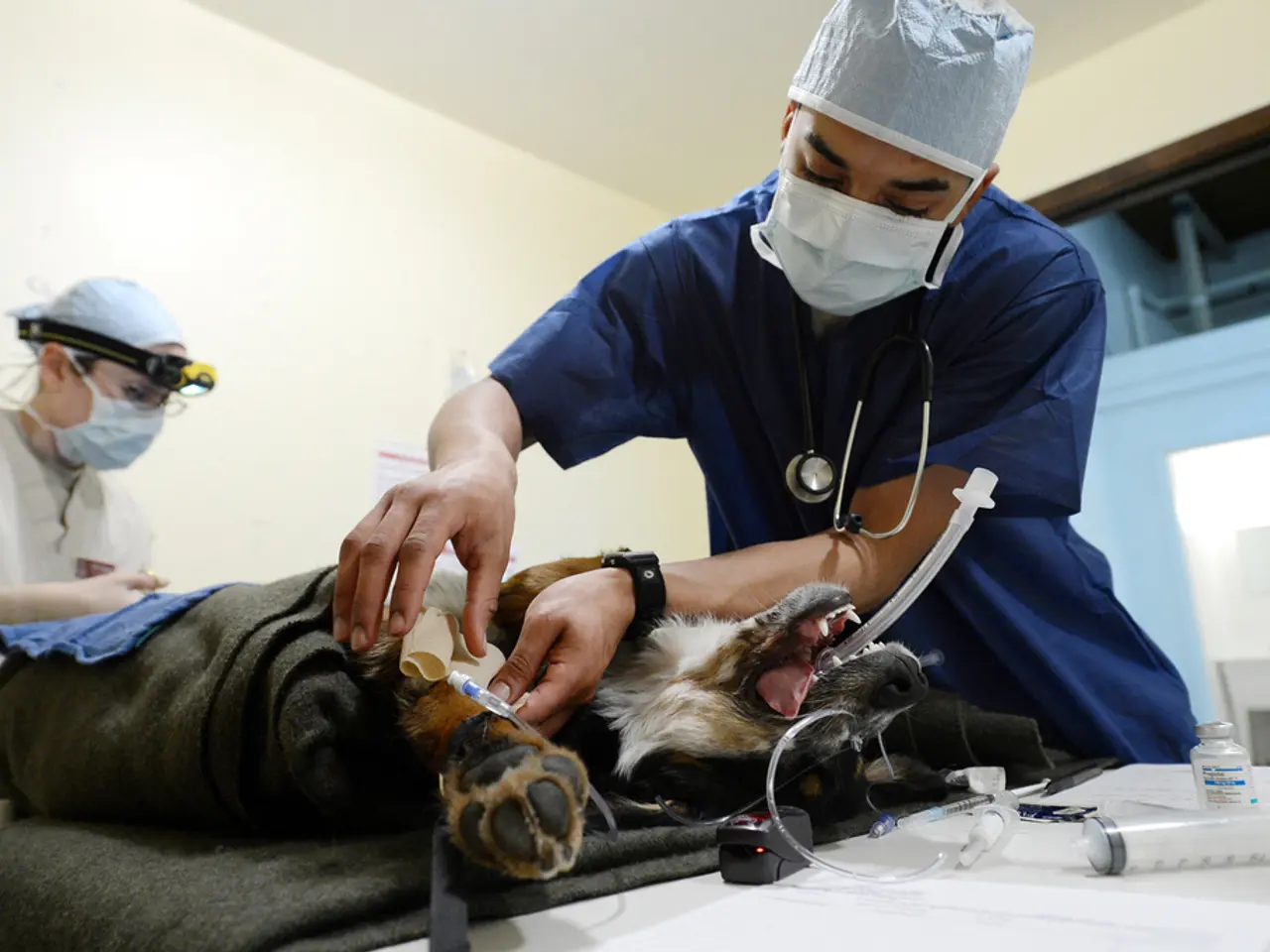Regulating Sleep through Atmospheric Pressure Adjustment
In the quest for better sleep and improved health, a device known as the CPAP machine has emerged as a crucial tool in managing Obstructive Sleep Apnea (OSA). This mechanical solution, short for "continuous positive airway pressure," was invented by Australian doctor Colin Sullivan in 1980.
CPAP machines consist of a pump to provide pressurized air, a user interface for configuring settings, and often humidification and heated tubing. They work by delivering continuous positive airway pressure to keep the airway open during sleep, thus improving sleep quality and oxygenation.
The benefits of CPAP therapy for OSA are significant. Studies show it can reduce daytime sleepiness by up to 70%, which is crucial for alertness and safety. Moreover, effective CPAP use has been linked to a reduction in hypertension and cardiovascular risks associated with OSA. By improving sleep quality and reducing sudden breathing pauses, CPAP also lowers the risk of motor vehicle crashes often caused by excessive drowsiness and impaired attention due to untreated sleep apnea.
However, CPAP's effectiveness is strongly tied to adherence. Many patients struggle with mask discomfort, noise, or other issues and may not use it consistently, which diminishes these health benefits. Compliance rates for CPAP hover around 50%, meaning half of patients abandon or do not use the therapy enough to receive full benefit.
Regular use of the CPAP machine can significantly improve the quality of life for individuals with OSA, reducing symptoms of sleep deprivation and improving overall health. A suitable mask fit is important to avoid issues like skin redness or pressure leaking from the mask, which can make the CPAP machine ineffective.
Modern machines can monitor pressure levels and airflow, logging breathing events and other data for later analysis. Users must grow accustomed to wearing a mask while sleeping and adjust to the feeling of breathing against continuous incoming pressure from the machine.
The key to these outcomes is consistent, nightly use of the CPAP device with an appropriate fit and pressure setting, as poor adherence undermines beneficial effects. It's important to note that alternatives like oral appliance therapy have better compliance but are typically less effective physiologically, so CPAP remains the gold standard when used properly.
In conclusion, CPAP machines play a vital role in managing OSA, reducing daytime sleepiness, lowering blood pressure, and decreasing the risk of motor vehicle crashes. The key to reaping these benefits is consistent, nightly use of the CPAP device with an appropriate fit and pressure setting.
[Image: "wide variety of masks at cpap centra" by Rachel Tayse]
References:
- CPAP Machines for Sleep Apnea: How They Work, Benefits, and Side Effects
- CPAP vs. Oral Appliance Therapy: Which Treatment is Right for You?
- The Effectiveness of CPAP in Reducing the Risk of Motor Vehicle Crashes in Patients with Obstructive Sleep Apnea
- Adherence to CPAP Therapy in Obstructive Sleep Apnea: Challenges and Strategies
- The Prevalence of CPAP Adherence and Its Impact on Health Outcomes
- CPAP machines, as part of health-and-wellness solutions, can potentially manage chronic diseases such as Obstructive Sleep Apnea (OSA) due to their ability to improve sleep quality and oxygenation.
- The medical-conditions related to OSA, like hypertension and cardiovascular risks, can be reduced with effective use of CPAP therapies and treatments.
- Mental-health issues stemming from sleep deprivation, like impaired attention and alertness, can be alleviated through consistent nightly use of CPAP machines, making them essential for overall well-being.




